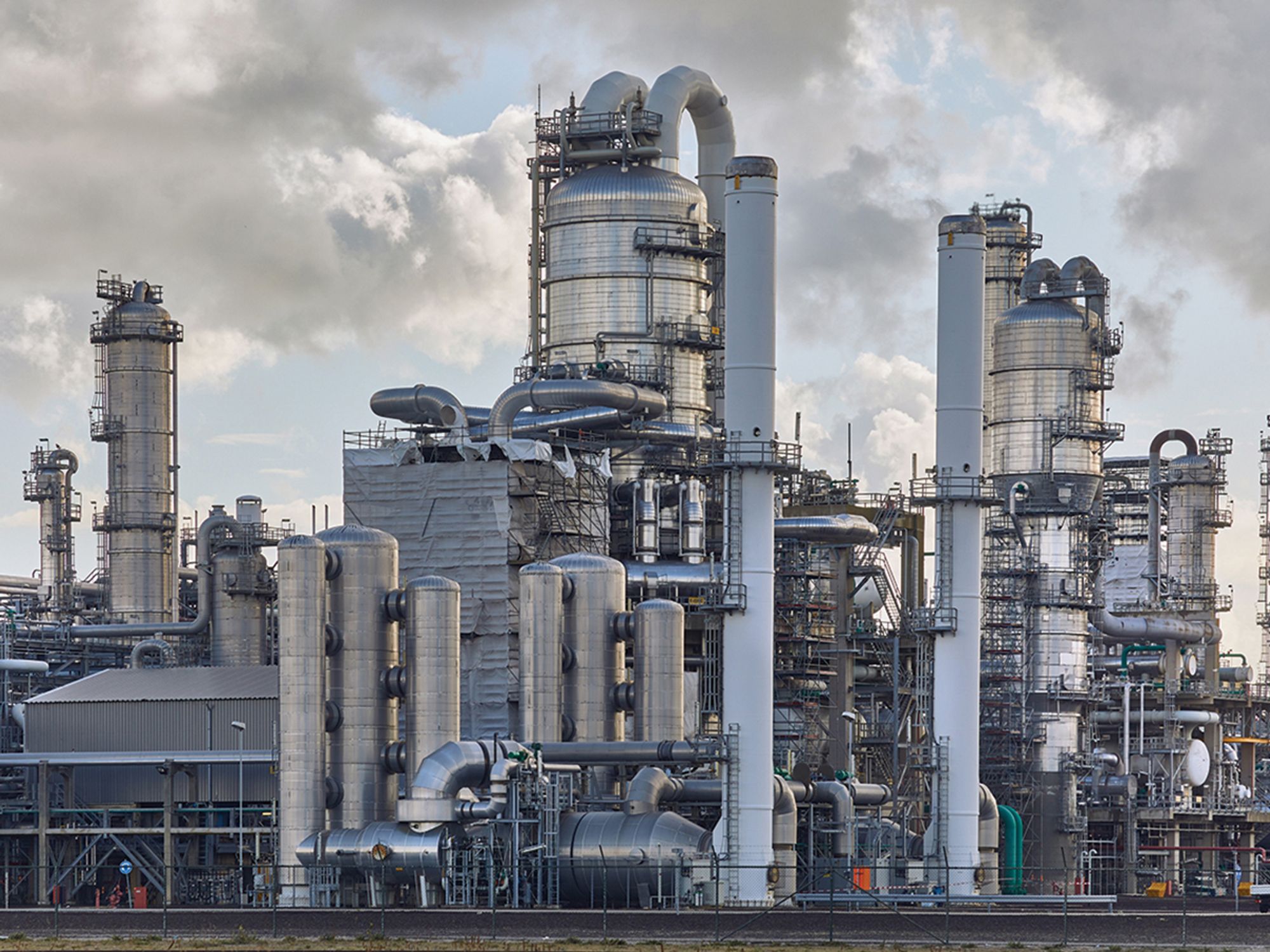Explosives and blasting and anhydrous ammonia

- Explosives are any chemical compound, mixture, or device whose purpose is to explode, while blasting agents are materials that blast but do not explode.
- Anhydrous ammonia is pure ammonia that is not mixed with water and is commonly used as a fertilizer or a refrigerant.
- Regulatory information for explosives/blasting agents and anhydrous ammonia can be found under 29 CFR 1910.
Explosives and blasting
The Occupational Safety and Health Administration (OSHA) defines explosives as any chemical compound, mixture, or device whose primary or common purpose is to function by explosion.This definition refers to explosives with a substantially instantaneous release of gas and heat, unless such compound, mixture, or device is otherwise specifically classified by the U.S. Department of Transportation (DOT).
A blasting agent is defined as any material or mixture of fuel and oxidizer that is used for blasting. Blasting agents and their ingredients are not classified as explosives. To meet definition requirements, the finished product, as mixed and packaged for use or shipment, cannot be denotated with a No. 8 blasting cap when unconfined.
Which regulations apply?
Regulatory information for explosives and blasting agents can be found under 29 CFR 1910.109. OSHA’s regulations apply to the manufacture, keeping, having, storage, sale, transportation, and use of explosives, blasting agents, and pyrotechnics. The section does not apply to the sale and use (public display) of pyrotechnics, commonly known as fireworks, nor the use of explosives in the form prescribed by the official U.S. Pharmacopeia.
What is required in the workplace?
Employers must follow requirements regarding:
- Storage of explosives - 1910.109(c);
- Transportation of explosives - 1910.109(d);
- Use of explosives and blasting agents - 1910.109(e);
- Explosives at piers, railway stations, and cars or vessels not otherwise specified in 1910.109 - 1910.109(f);
- Blasting agents - 1910.109(g);
- Water gel (slurry) explosives and blasting agents - 1910.109(h);
- Storage of ammonium nitrate - 1910.109(i); and
- Small arms ammunition, small arms primers, and small arms propellants - 1910.109(j).
Anhydrous ammonia
Anhydrous ammonia is a colorless, corrosive chemical that is lighter than air, extremely soluble in water, and has a piercing odor that is highly irritating. Most people are probably familiar with household ammonia, which is dissolved in water. In contrast, anhydrous ammonia is pure ammonia that is not mixed with water. Liquid anhydrous ammonia is a gas that is compressed into a liquid and has all the hazards of ammonia, but also has the hazards of a compressed gas.
Anhydrous ammonia is widely used as a fertilizer and refrigerant.
Where do the regulations apply?
OSHA’s standard on anhydrous ammonia applies to the design, construction, location, installation, and operation of anhydrous ammonia systems, including refrigerated ammonia storage systems. This standard does not apply to:
- Ammonia manufacturing plants, or
- Refrigeration plants where ammonia is used solely as a refrigerant.
Depending on the usage and quantities, OSHA’s Process Safety Management of Highly Hazardous Chemicals standard, 1910.119, could apply.
OSHA’s standard regulatory information for anhydrous ammonia can be found under:
- 29 CFR 1910.111 — Storage and handling of anhydrous ammonia.
- Related regulation: 29 CFR 1910.119 — Process safety management of highly hazardous chemicals.
- Related regulation: 29 CFR 1910.120 — Hazardous waste operations and emergency response (HAZWOPER).
What is required in the workplace?
Employers must:
- Determine if the anhydrous ammonia system contains a covered process for OSHA’s Process Safety Management (PSM) of Highly Hazardous Chemicals standard, 1910.119;
- If the ammonia process, including those for ammonia refrigeration, has 10,000 pounds or more in a process, then 1910.119 applies.
- Follow the storage, use, and transfer requirements of 1910.111, as applicable;
- Provide appropriate personal protective equipment (PPE) for all workers exposed to anhydrous ammonia; and
- Implement an emergency response plan.
